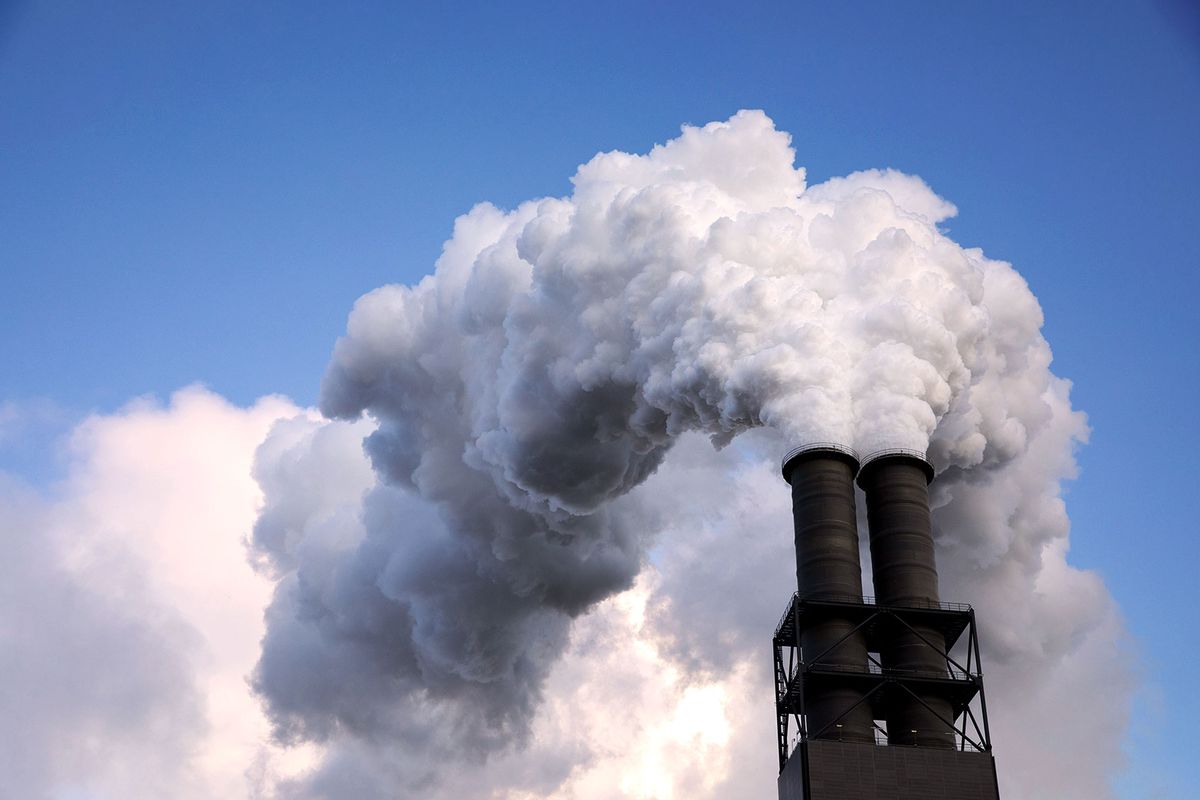On Wednesday, the Environmental Protection Agency, or EPA, finalized a regulation that will cut smog-causing air pollution from coal-fired power plants and industrial facilities. The new "Good Neighbor" rule requires 23 states to reduce nitrogen oxide emissions blowing across state boundaries. The air pollutants — which form ozone, the main ingredient in smog — can travel downwind into neighboring states, harming the health of communities miles away.
The EPA estimates the rule will halve nitrogen oxide emissions from power plants by 2027, compared to peak 2021 levels. And that cleaner air will lead to major public health improvements. According to the EPA, the new rule will prevent approximately 1,300 premature deaths, 2,300 hospital and emergency room visits, and 1.3 million cases of asthma in 2026 alone.
Ozone is one of the most widespread air pollutants in the U.S. Research has found that ozone raises the risk of premature death and can be particularly dangerous to children, older adults, and people with asthma and other chronic conditions. Asthma attacks and other health effects from ozone can drive people to the emergency room and take them away from schools and jobs.
Paul Billings, national senior vice president of public policy for the American Lung Association, describes ozone's health effects as "a sunburn of the lungs." Ozone can cause even healthy adults working or moving outdoors to wheeze, cough, and experience shortness of breath. During peak ozone season, from March to November, people across the country experience its harms. Ozone pollution particularly impacts those who live close to a major polluting source, disproportionately low-income communities and communities of color.
"We know this harmful pollution doesn't stop at the state line," EPA Administrator Michael Regan said in a statement Wednesday. "Today's action will help our state partners meet stronger air quality health standards beyond borders, saving lives and improving public health in impacted communities across the United States."
Initially proposed in February last year, the plan implements a part of the federal Clean Air Act known as the "Good Neighbor" provision. Under the law, states are required to submit a plan for ensuring that their air pollution does not spread significantly to other states. If they fail to submit or if the EPA disapproves of their plan, the agency must issue its own rule to protect downwind states.
The new "Good Neighbor" plan also aims to achieve coast-to-coast adherence to national ambient air quality standards set by the EPA for ozone back in 2015. Billings says given the eight-year gap, the new plan is "long overdue" — and that the EPA has more work ahead if it wants to take ozone seriously.
Under the Clean Air Act, the EPA is required to review — and update if needed — air quality standards every five years. In 2020, the Trump administration decided to not update the 2015 ozone limits. The agency announced late last year that it would reconsider that policy, aiming to reach a final decision by the end of this year.
The current ozone standards set a ceiling of 70 parts per billion; the American Lung Association and other public health and environmental justice advocates call for "standards no higher than 60 parts per billion."
"The president has made addressing environmental injustice a priority," Billings told Grist. "And rules like the revision of the ozone health standard will be an important test to see if the policies are going to match the rhetoric."
This article originally appeared in Grist at https://grist.org/regulation/to-protect-downwind-states-from-smog-epa-cracks-down-on-coal-power-pollution/.
Grist is a nonprofit, independent media organization dedicated to telling stories of climate solutions and a just future. Learn more at Grist.org




Shares